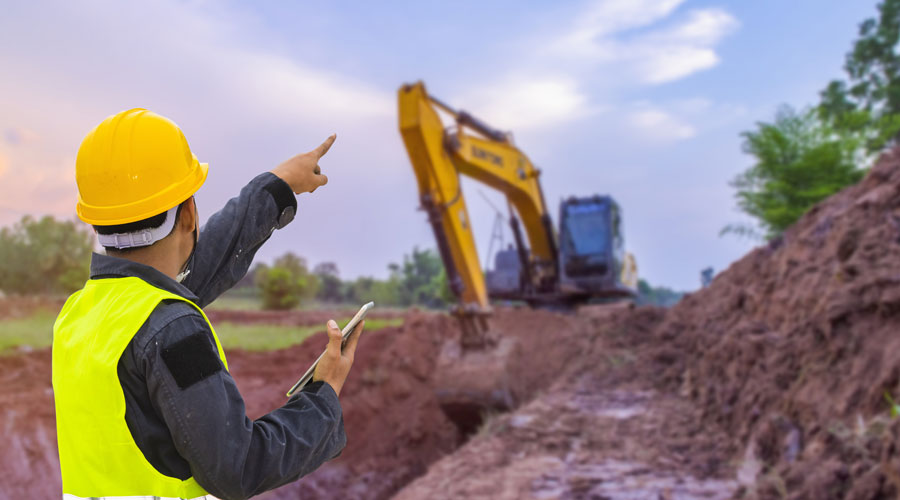
Trenching and Excavation Safety Considerations
Trenching and excavation work involves some of the most dangerous activities in the construction industry, as an unprotected trench can significantly increase the risk of employee fatalities on-site. One of the largest hazards is the risk of cave-ins. Specifically, unstable trenches or excavations can collapse, trapping or suffocating workers. Such incidents are particularly hazardous since a cubic yard of soil typically weighs as much as a car. Additional safety concerns stemming from trenching and excavation may include fallen loads, poor atmospheric conditions (e.g., low oxygen levels, dangerous fumes and toxic gases) and mobile equipment issues. To comply with health and safety legislation and prevent accidents on-site, it’s vital to scrutinize safety regulations relating to protective systems and other safeguards.
Unless an excavation is made of stable rock, trenches 1.2 metres deep or greater will usually require a protective system. Available systems include the following:
- Sloping—This method reduces the risk of cave-ins by sloping the soil of the trench back from the trench bottom. Slope angles will vary depending on the type of soil around the trench.
- Shoring—This process involves installing aluminum, steel, hydraulic or other types of supports to prevent soil movement and cave-ins. Shoring systems typically consist of posts, struts and sheeting.
- Shielding—This refers to the use of barriers to protect workers from collapsing soil and other materials. Trench boxes are one example; although they do not shore up or support trench walls, they provide some protection from cave-ins. Shields and supports are typically designed or approved by a registered professional.
When deciding on protective systems, it’s essential to consider the following:
- Soil depth
- Soil water content
- Depth of excavation
- Weather or climate-related factors
- Surcharge loads (e.g., other materials that will be used in the trench)
Additionally, employers should always check the legislative requirements in their jurisdiction and engage professionals (e.g., qualified engineers) if necessary.
For information on construction insurance, or to find out how to reduce your insurance costs call CMB at 780.424.2727 or click here to get a quote.
